Video: Andy Liffner. Courtesy of Front Design
Design by Nature: Wilderness becomes part of the living space
Design Journey |
Front Design invites the wilderness indoors with a collection of design pieces made in collaboration with More-So that mimic portions and elements of the natural world. The Nature Furniture Collection is part or a wider project, born of years of effort and research by the Swedish design duo Front: Design by Nature.


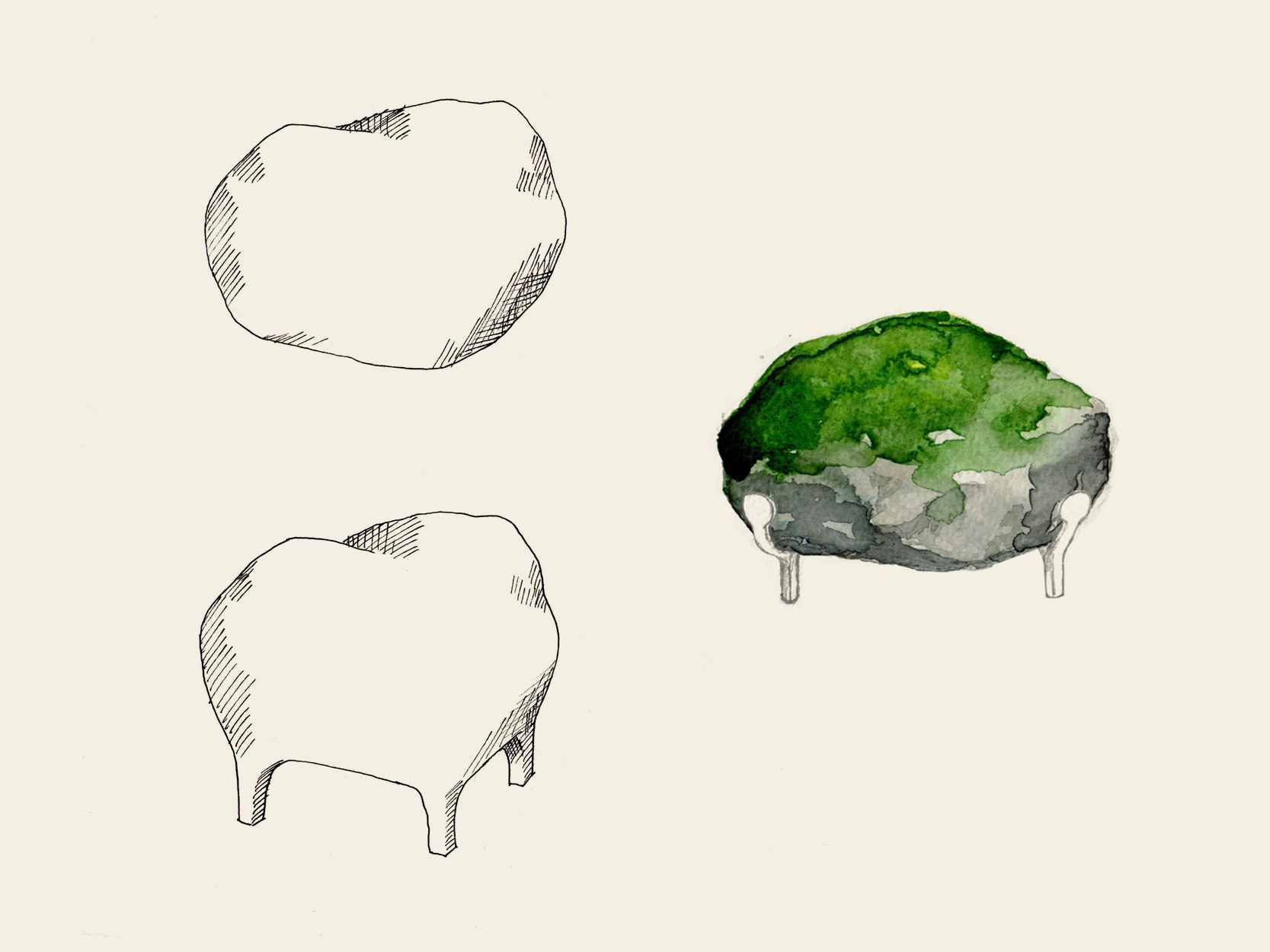
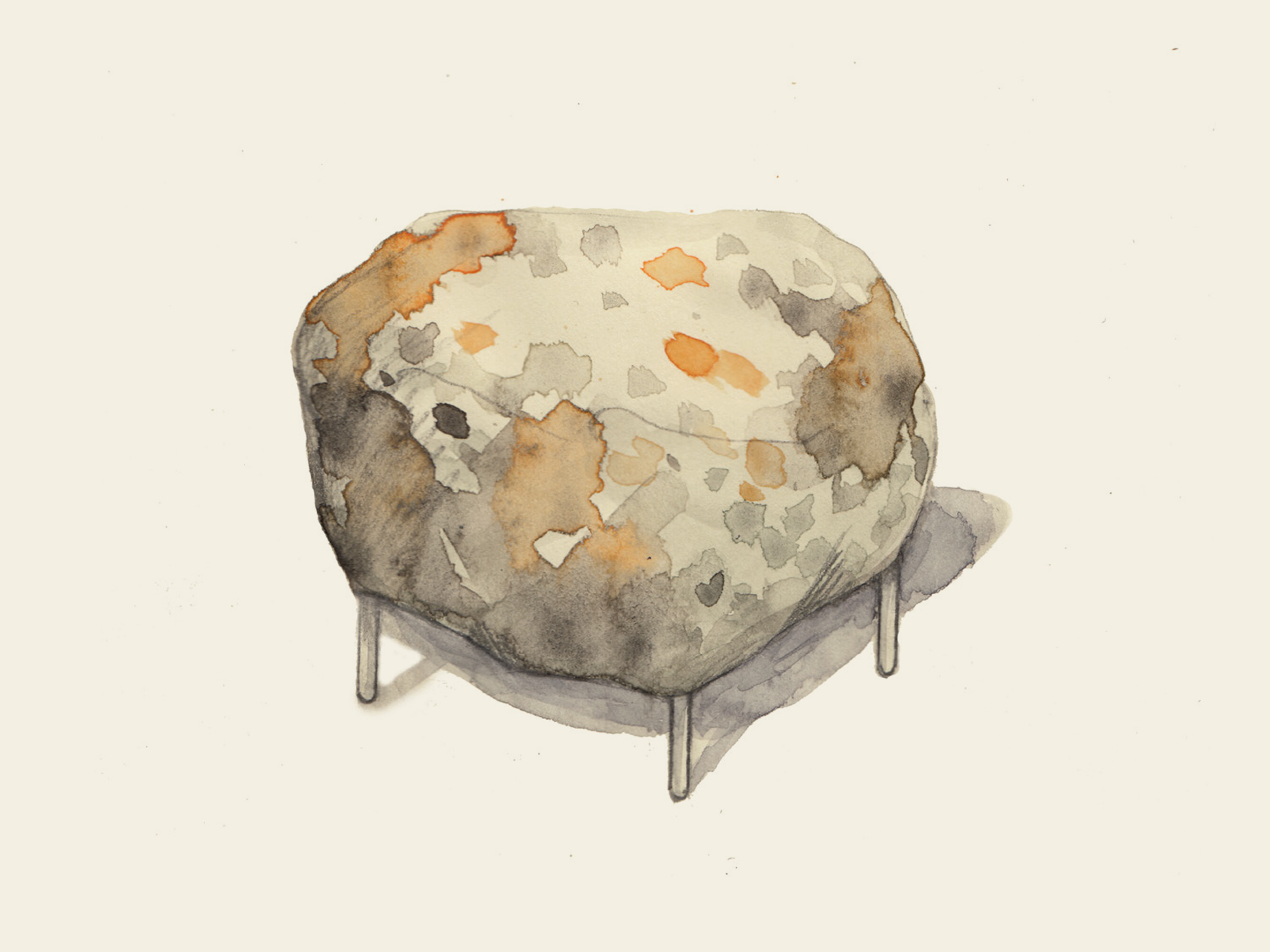
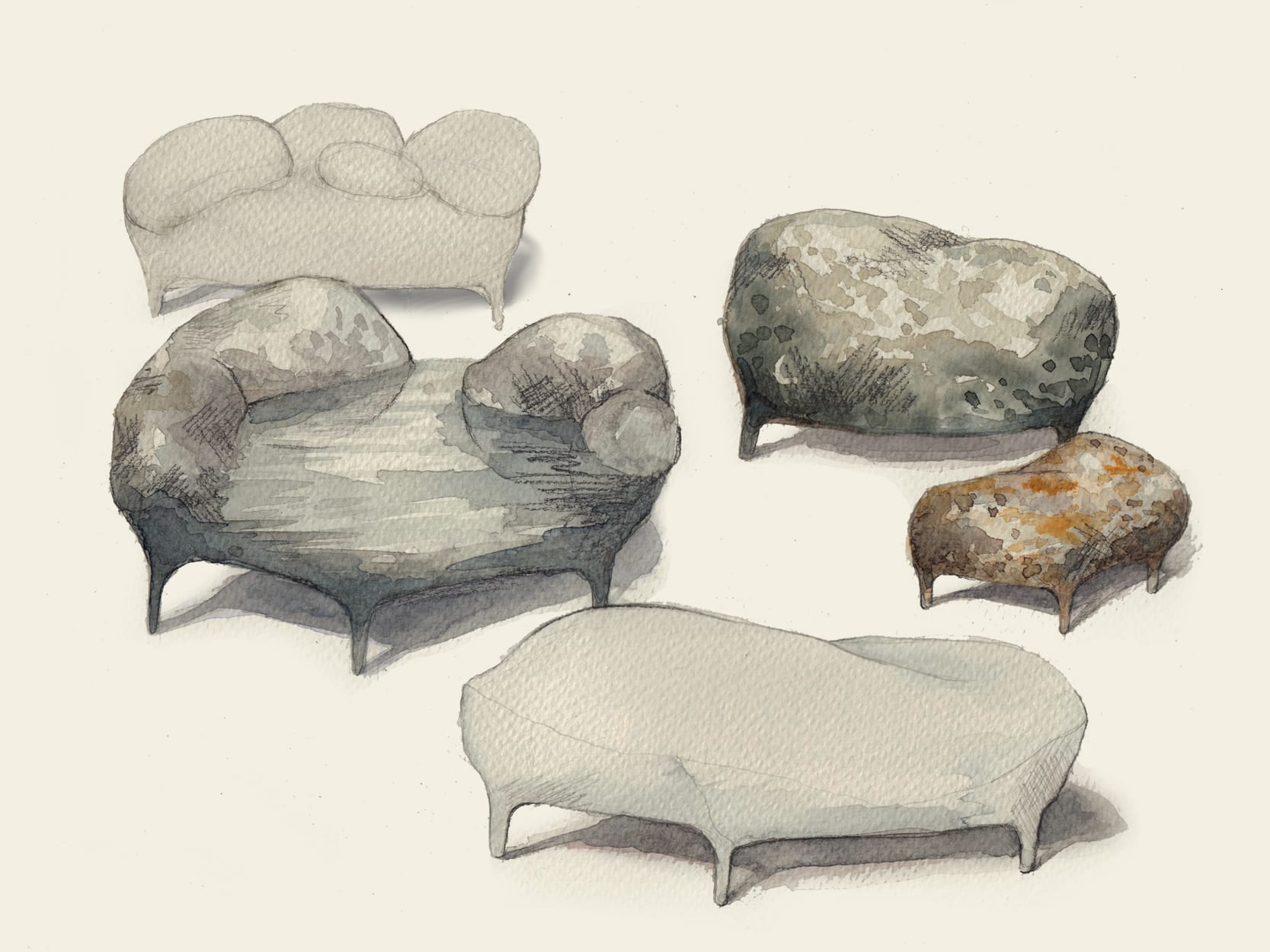
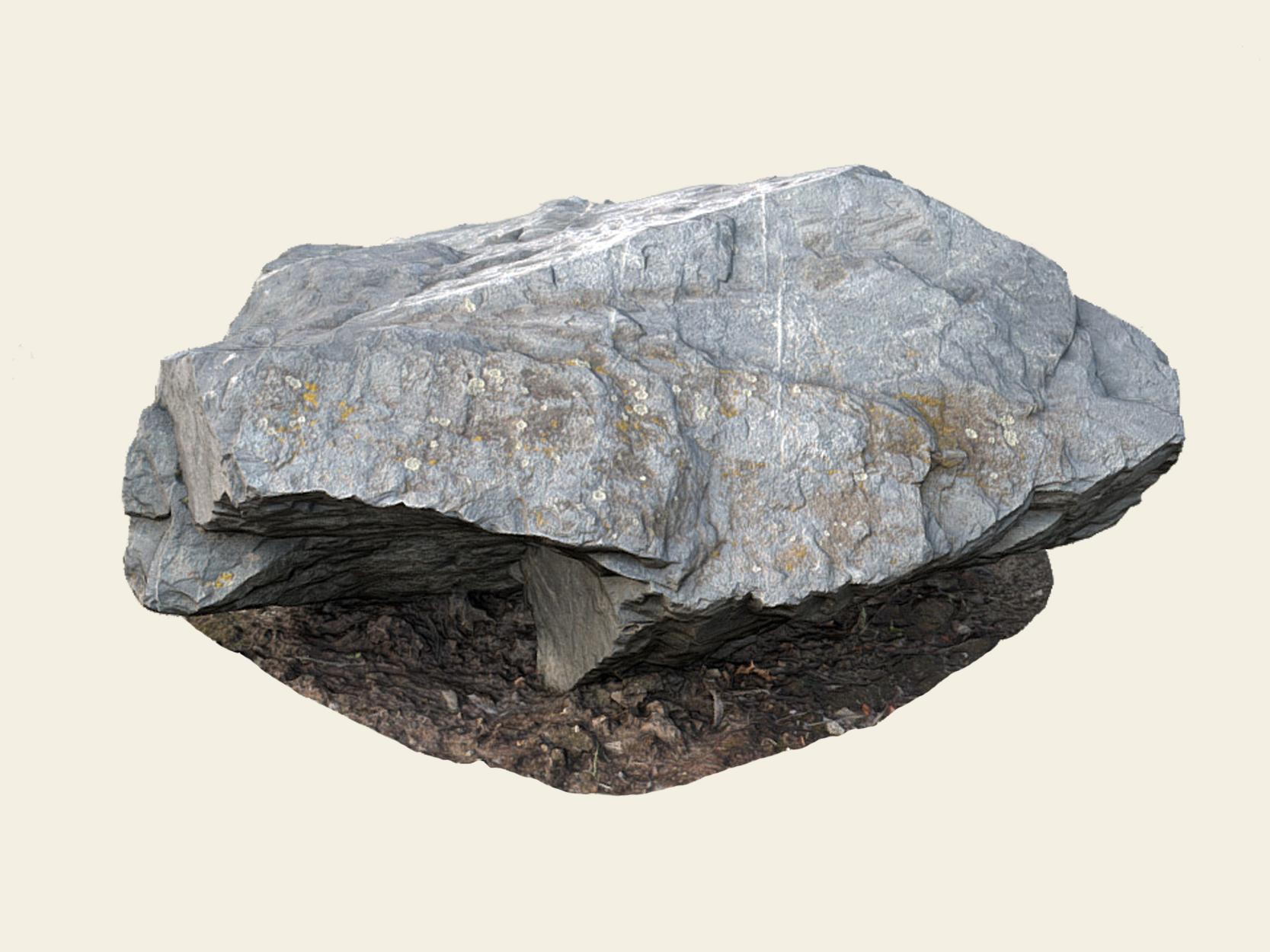
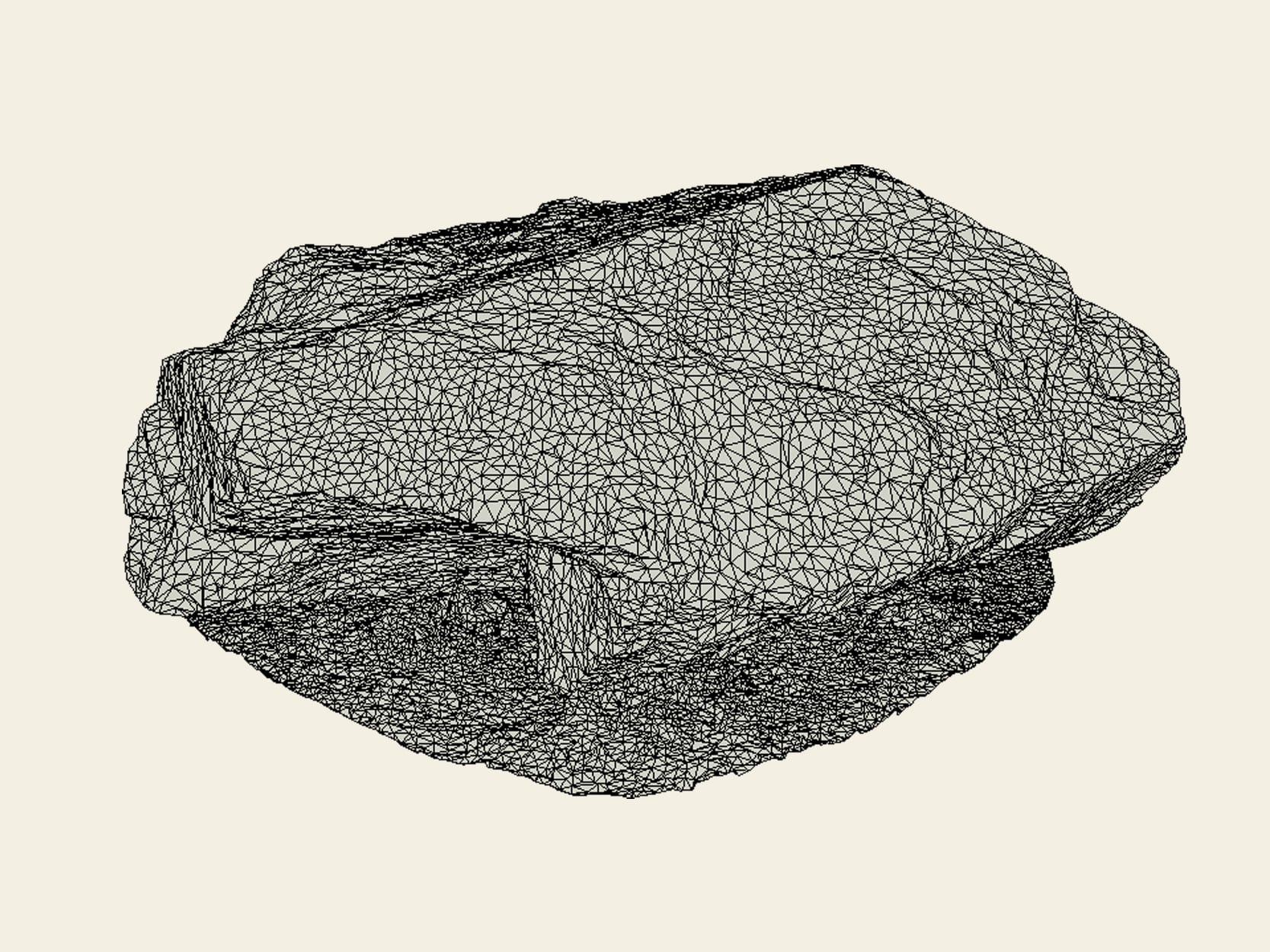
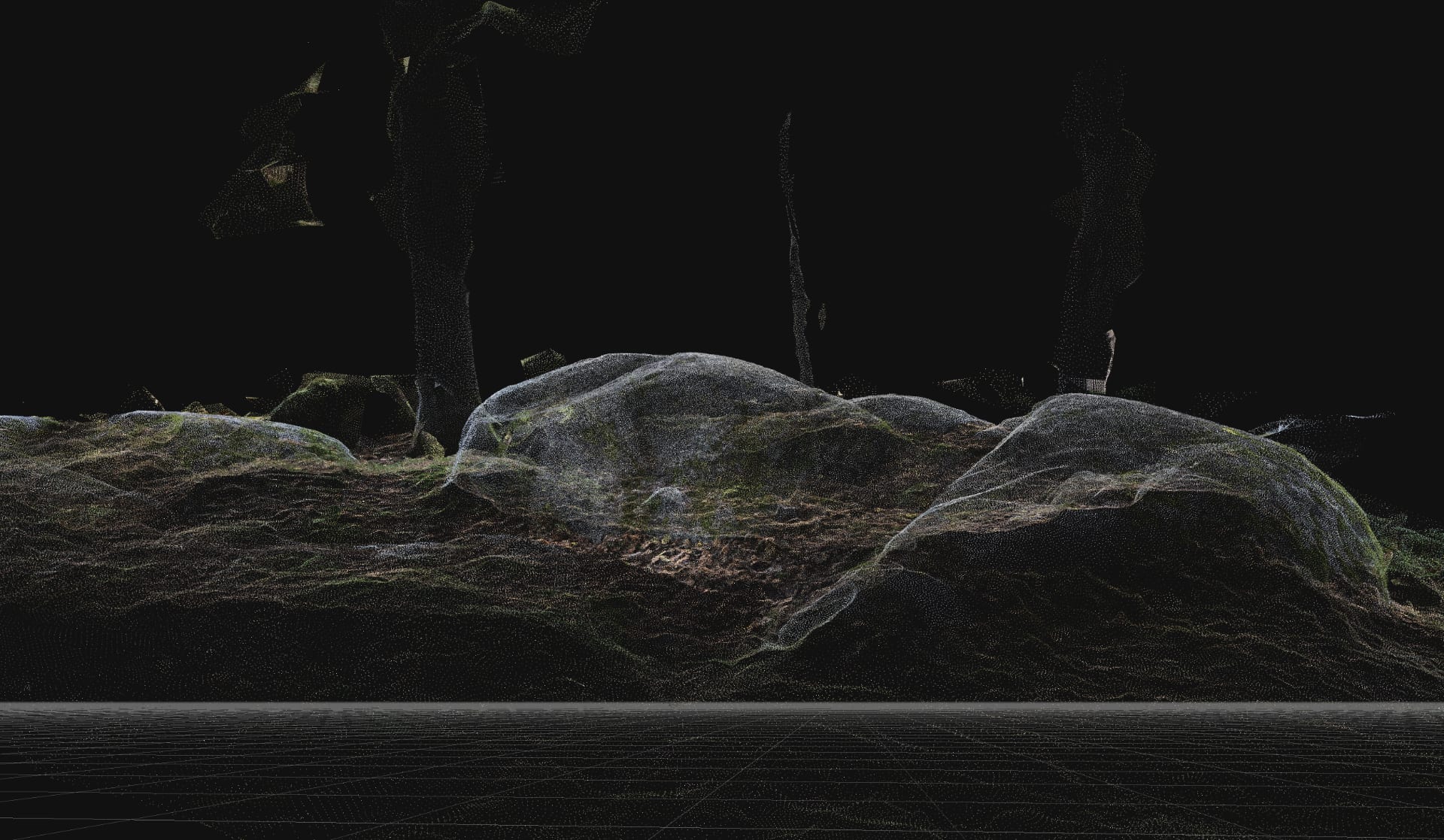
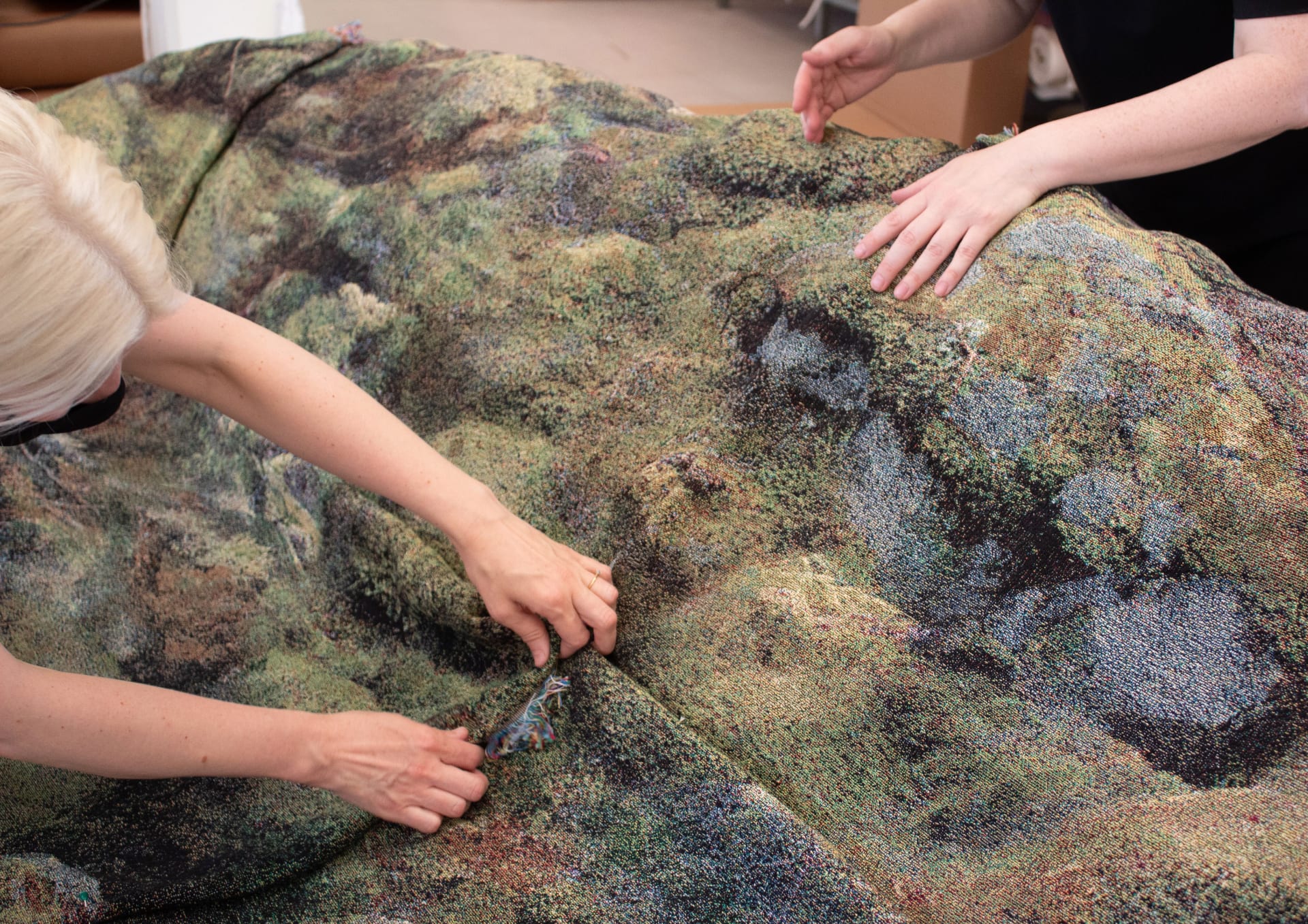
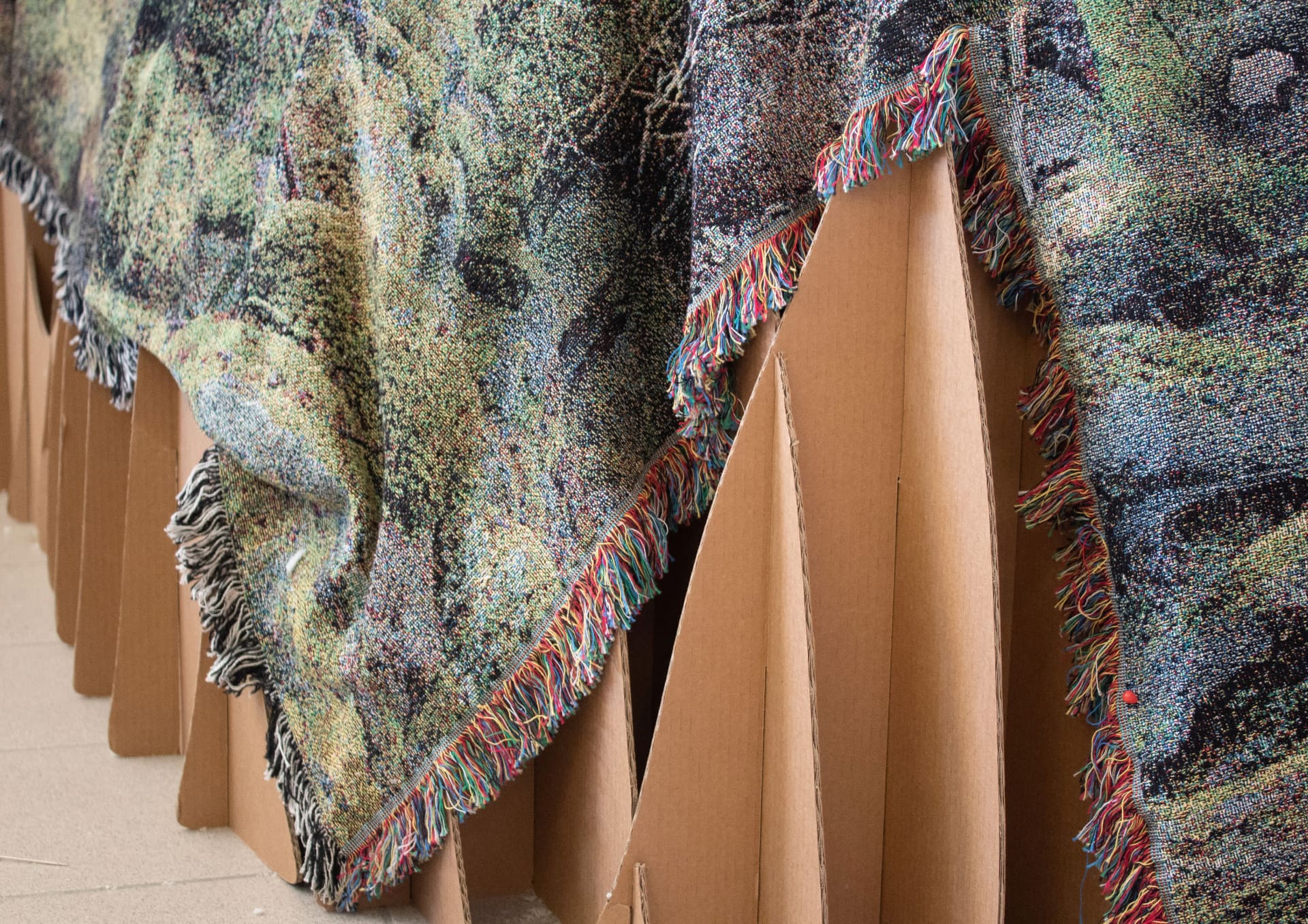
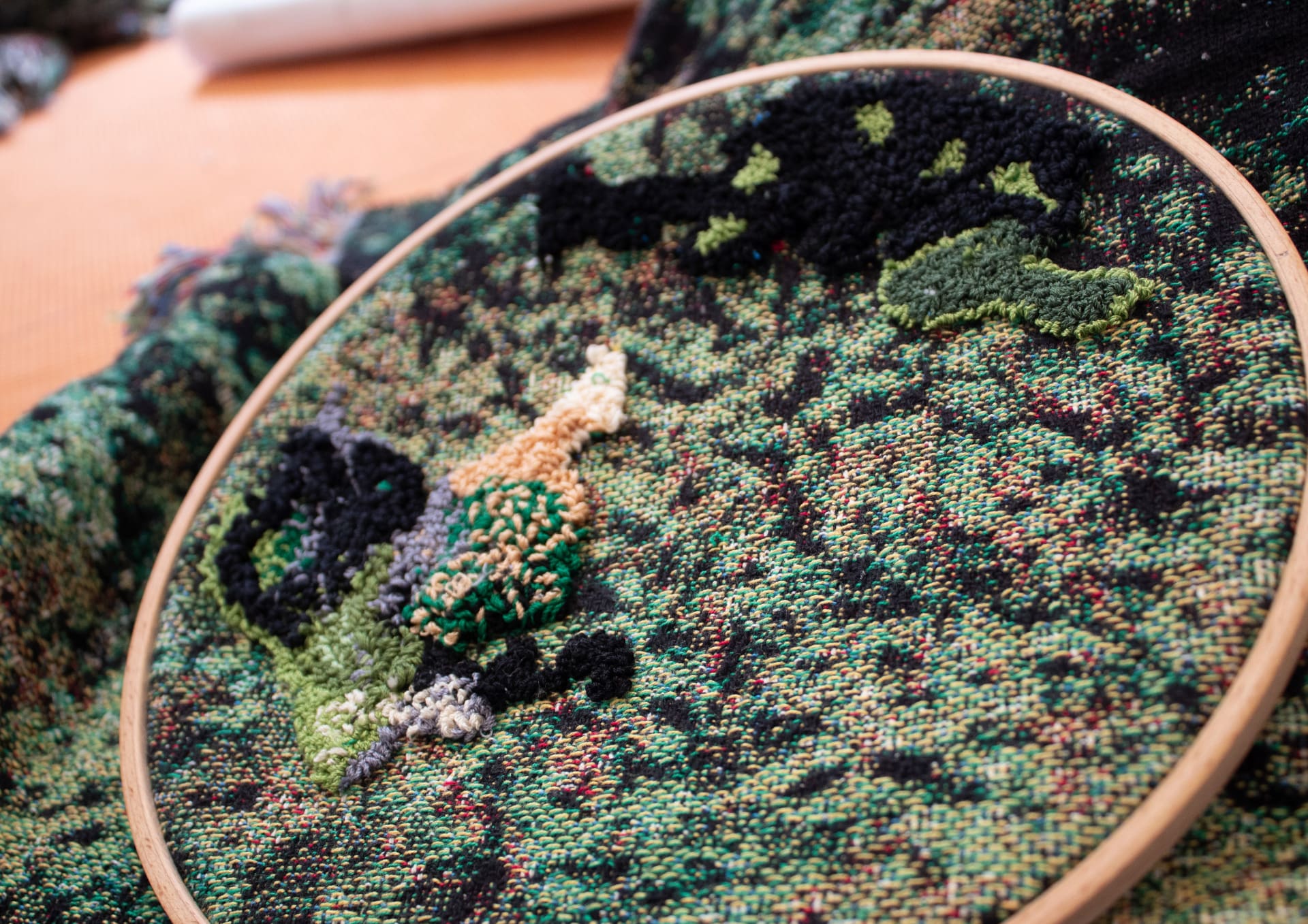
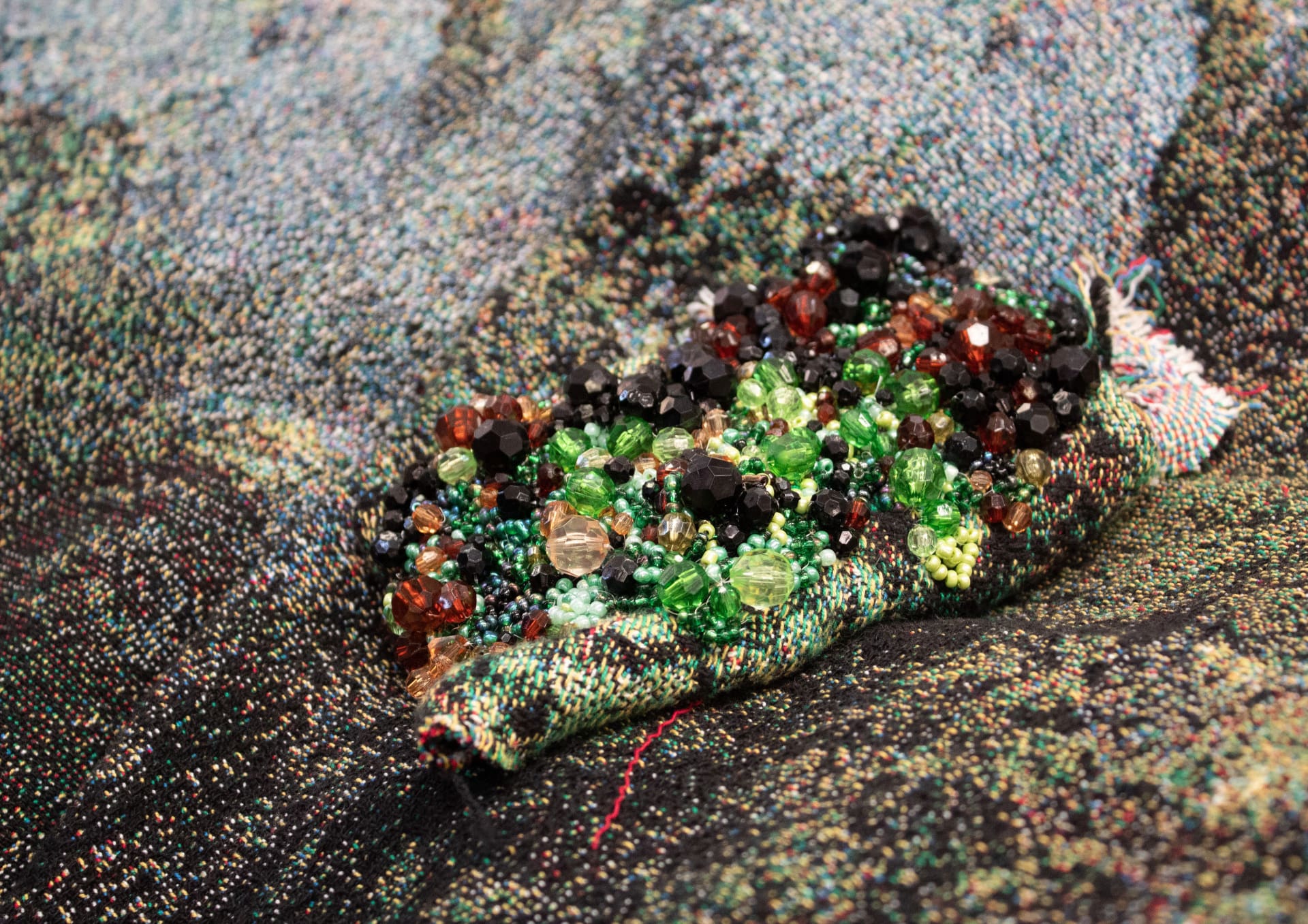
Front Design invites the wilderness indoors with a collection of design pieces made in collaboration with More-So that mimic portions and elements of the natural world. The Nature Furniture Collection is part or a wider project, born of years of effort and research by the Swedish design duo Front: Design by Nature.
The aim was to explore the forms, structures and textures found in the wild in a project that included furniture, objects and textiles directly informed by natural phenomena. They set out to investigate the creative force of animals, natural systems, and how natural phenomena, as well as the ingenious creativity found in flora and fauna, could inspire us to find new creative ways of adapting to changes in our environment while also understanding nature’s ability to recover if given the chance to do so.
Nature’s own creativity has been a long-standing interest for Front and collaborated with experts and researchers from many fields to broaden their understanding of the subject. The design approach behind the works pays close attention to nature and builds on research into its effects on both physical and mental health, as well as the cultural and psychological significance of natural settings, especially in Front’s native Sweden.
Traversing the woods and scanning areas of the forest and other locations in the wild was a key component of their research, producing detailed 3-D images of striking creations of nature and its inhabitants.
Those scans opened the door to a number of possibilities, from lifelike textiles to furniture that replicates creations of the woodland fauna. The end result is their Design by Nature Project, a collection of design pieces inspired by the research they conducted and the creativity they discovered in the natural world.
Works × More-So:
Interview by Omar Moroso
The significance of nature is being rediscovered and re-evaluated across a wide spectrum of fields, from medicine to architecture. We dive deeper with Anna and Sofia into the Design by Nature project and what insight they gained from their research.
Interview by Omar Moroso
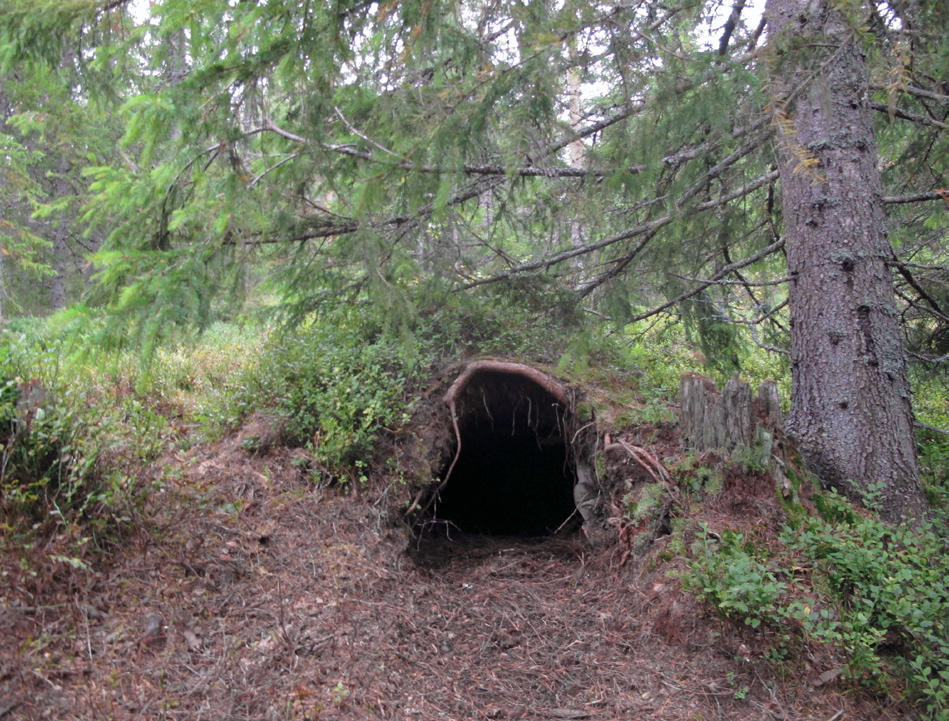
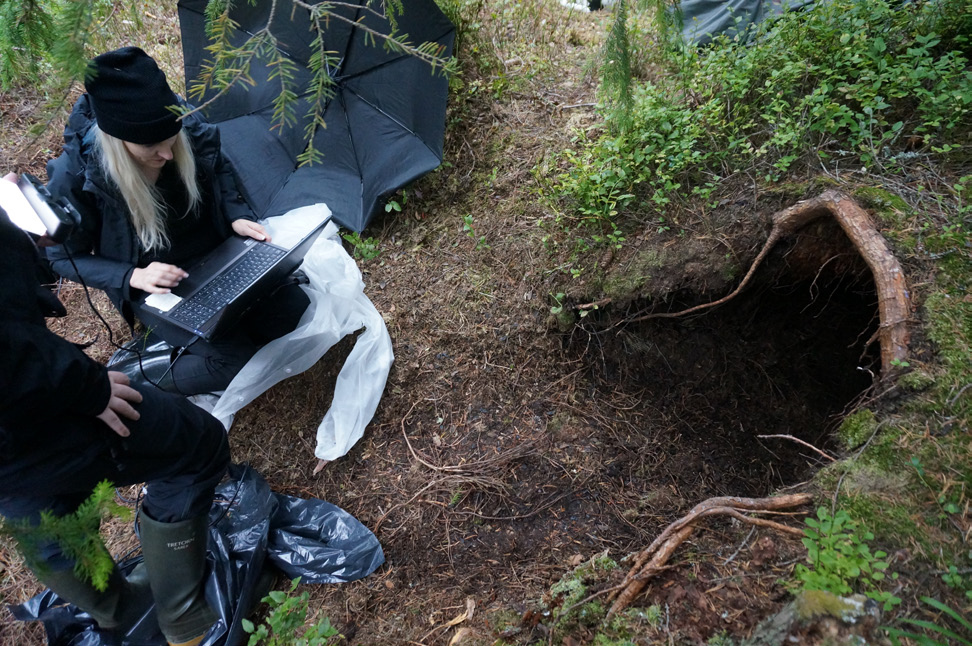
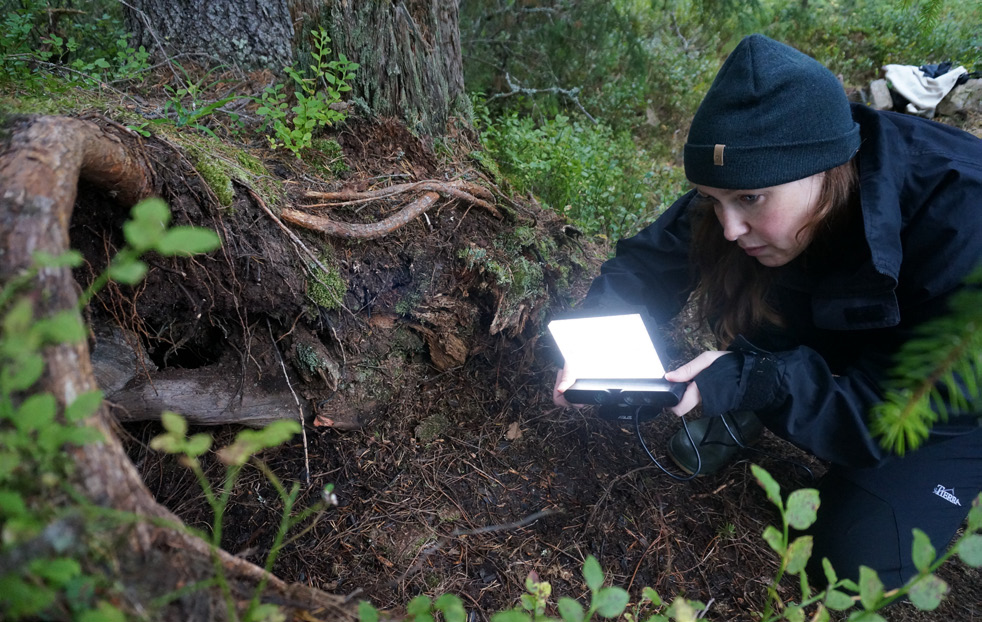
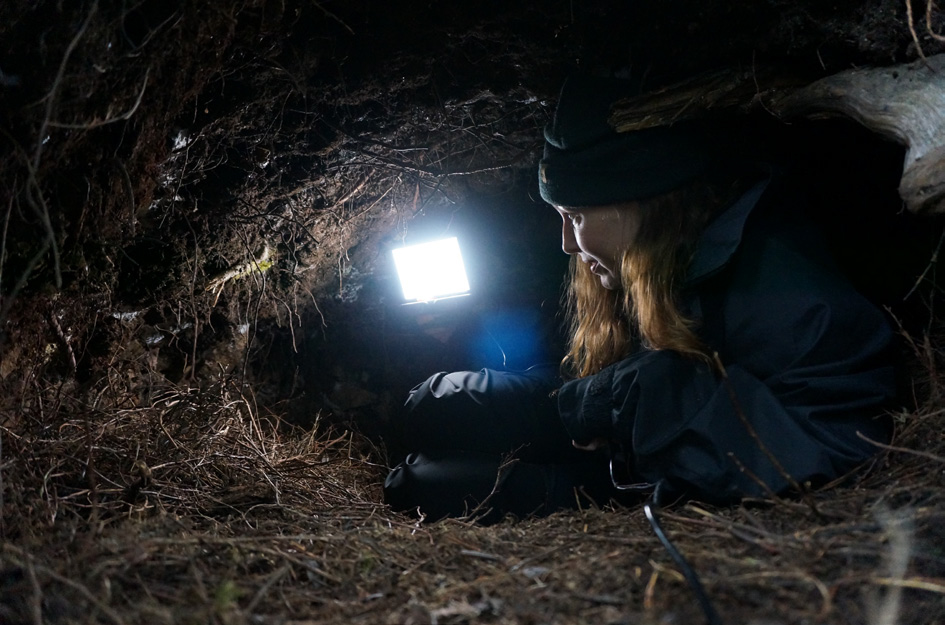
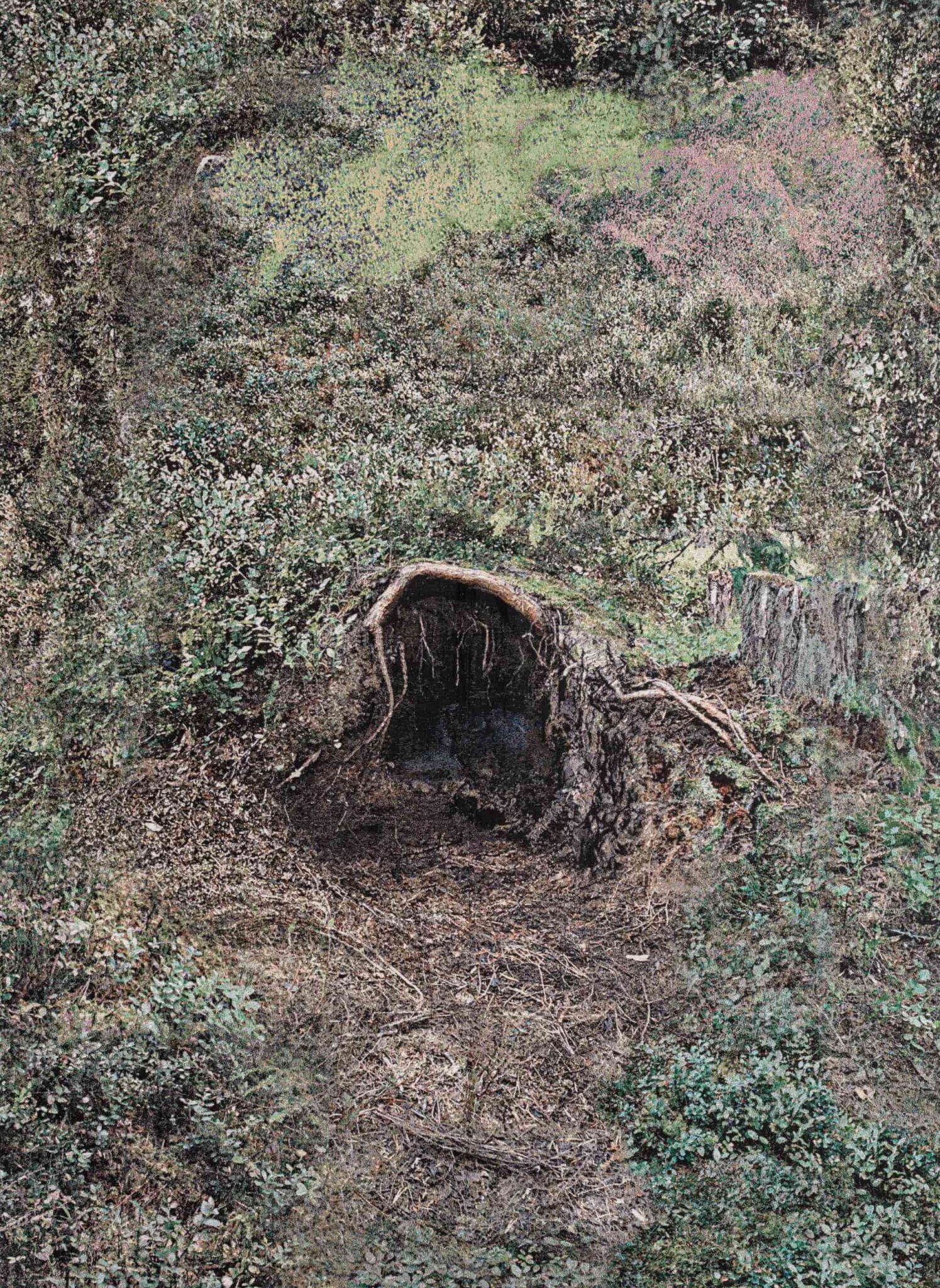
The significance of nature is being rediscovered and re-evaluated across a wide spectrum of fields, from medicine to architecture. We dive deeper with Anna and Sofia into the Design by Nature project and what insight they gained from their research.
Can you give us a brief history of Design by Nature?
Design by Nature is a project spanning 4 years in which we set out to explore and research nature along with its inhabitants, witnessing the creativity present in the natural world, from tiny single-celled organisms to beavers and bears.
We decided to 3D-scan entire areas of the forest and other locations in the wilderness. The process of digital weaving then allowed us to produce textiles that mimic both the textures and colours of the scanned areas and objects without sacrificing depth or shadows. We also used traditional techniques to experience the atmosphere of being surrounded by nature, since the presence of nature in the living space is a major component of this project.
“What if someone, using a gigantic shovel, displaced an entire glade?” That is the experience we are going for. A major part of the research we did was reading psychological papers that outlined the beneficial effects that nature has on the mind. Finding a way to carry those positive effects indoors is a fundamental part of Design by Nature, by creating furniture directly inspired by natural scenery or animal structures found in the wild. We were interested in looking at how those structures work and how they relate to their surroundings.
What where some challenges you faced and some discoveries you made while researching?
The research process was conducted with experts in the various fields we were exploring, from biologists to psychologists. We discovered the beauty hiding in plain sight during this whole time. Amoebas as small as 0.01 mm are capable of making tiny structures by foraging for even tinier materials in their surroundings. Or mole crickets that create intricate burrows with the purpose of amplifying their mating song, reaching levels as high as 100 decibels. The evolutionary ingenuity displayed by these small creatures was incredible and we knew it had to be included in the project as a whole.
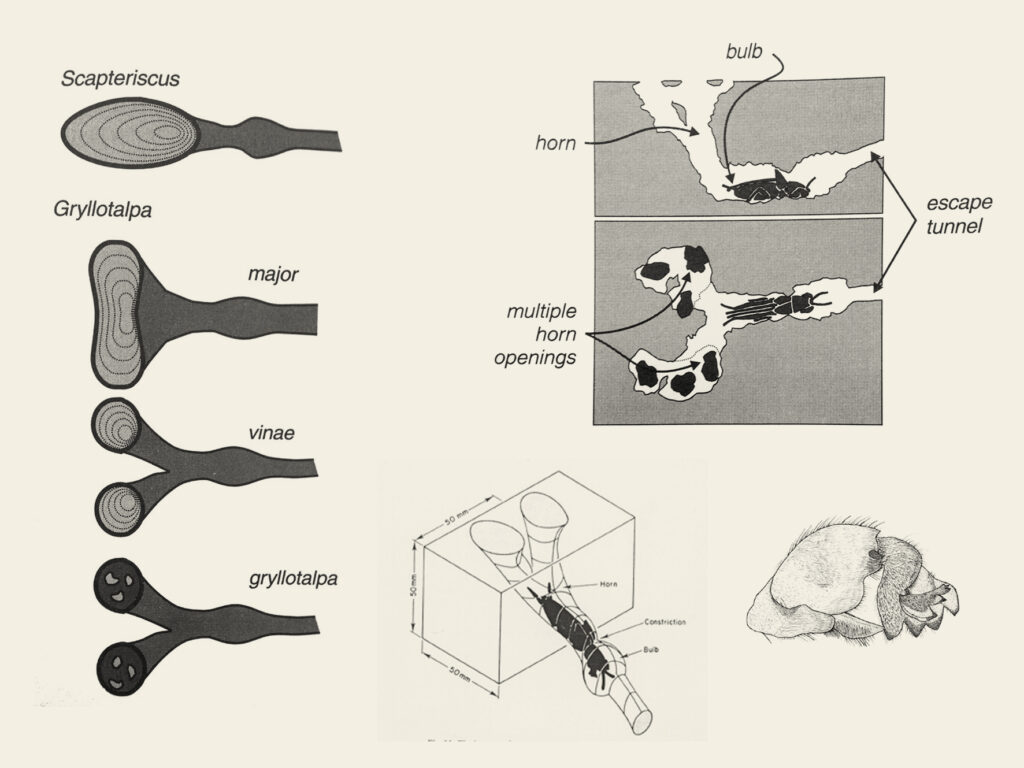
One of the challenges we faced was witnessing the damage human activity is doing to nature, whether habitat destruction or pollution. Seeing how sensitive animals are to changes in their environment was eye-opening, and we hope Design by Nature is capable of making others realise how important nature is to humanity.
How does the Nature Furniture Collection fit into the wider Design by Nature Project?
Design by Nature is the name of the whole research project. It includes all the objects born from it. The Nature Furniture Collection consists of the objects we worked on with Moroso, including the work done with More-So. The Wilderness Sofa and the Rock Pieces made in collaboration with More-So showcase the core of the project in two scenarios. The first where a massive moss-covered mound we scanned in the forest was scaled down to the size of a sofa. The second where a few rocks covered in beautiful lichen were also scanned and then enlarged to become footstools and ottomans. The textiles of these pieces are a transposition of the scans done in the forest and create a kind of illusion when looked at from afar because of the level of detail they have. When you look at a Rock Piece or a Wilderness Sofa you will spot the lichen and the moss, the different shades of the rock and all the small details that make it feel like it got displaced from the woods.
Often humanity, and by extension its creations, are placed outside of the “natural world” as artifice. In your view, what kind of relationship does humanity have with nature today compared to further back in time?
We talked previously about how animals, big and small, use their surroundings for materials and food, like amoebas making shells with tiny materials they find or bigger animals making a den out of a cave. Humans had a similar relationship to nature thousands or even just hundreds of years ago, foraging for food and materials from their surroundings and living in close contact with their habitat. Changes in the environment were felt much deeper because of it and humans were more sensitive to them.
Now there is a disconnect between people and nature. While observing amoebas we saw that one of their structures contained bits of plastic or silicon. Human activity is having an impact on all levels of life, and it is time to acknowledge it.
Your research also focused on the psychological benefits of being around nature. What were your findings on the matter and how did you go about including that aspect in your design?
We love to base our projects on research that then begins to branch out and develop in new and interesting directions. Design by Nature is one of them. While exploring the beneficial effects of nature we discovered the positive impact nature has on general well-being, creativity and memory. We learned that even representations of nature have a beneficial effect on the viewer, for example patients recovering faster after a surgery. Longer life expectancy and lower risk of cardiovascular disease are among the other benefits of spending time in nature that we discovered, as well as a stronger immune system. This part of the research then made us wonder how we could carry these beneficial effects indoors as designers. Design by Nature is as project about inviting nature into our living space and reconnecting people with it.
Design By Nature
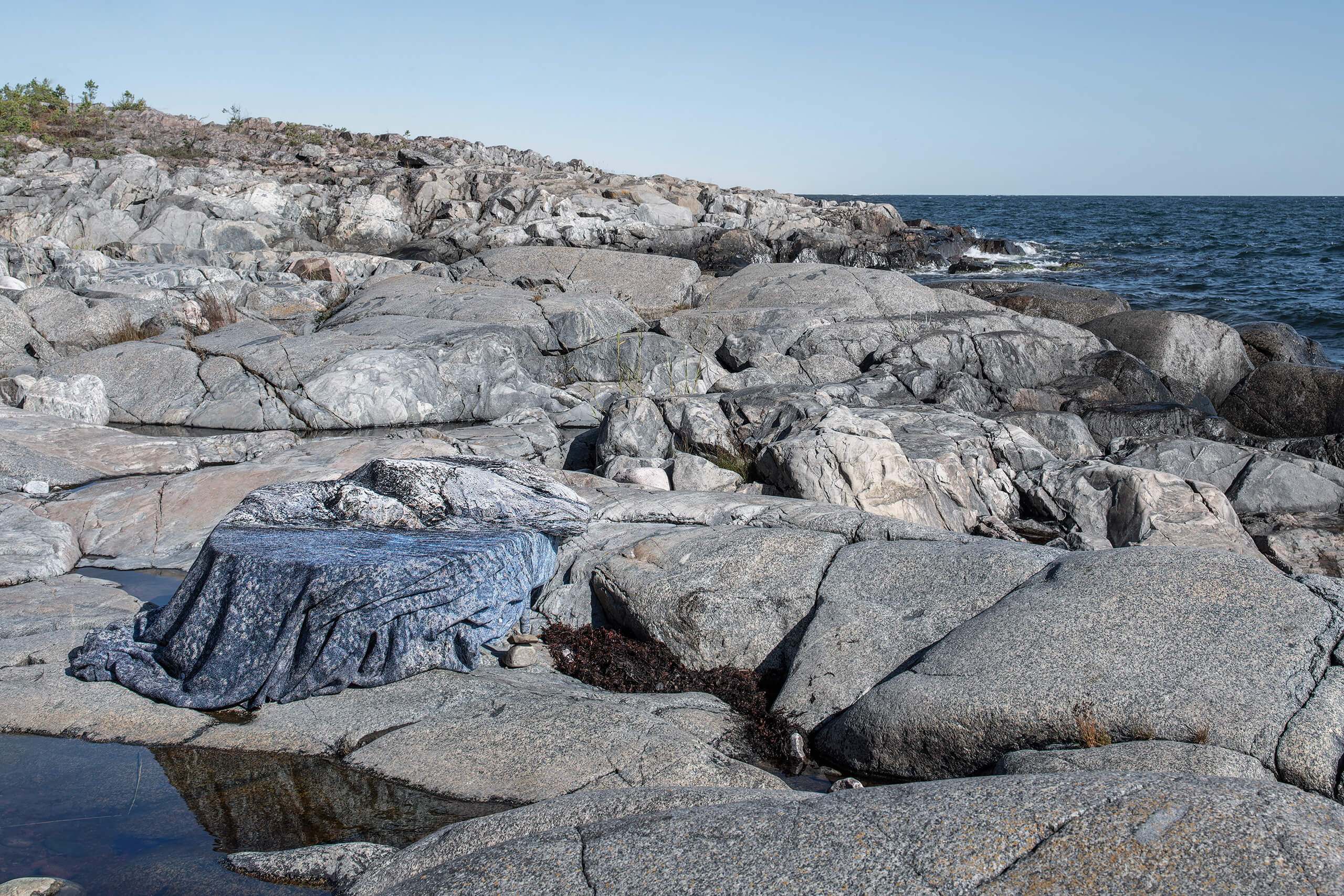
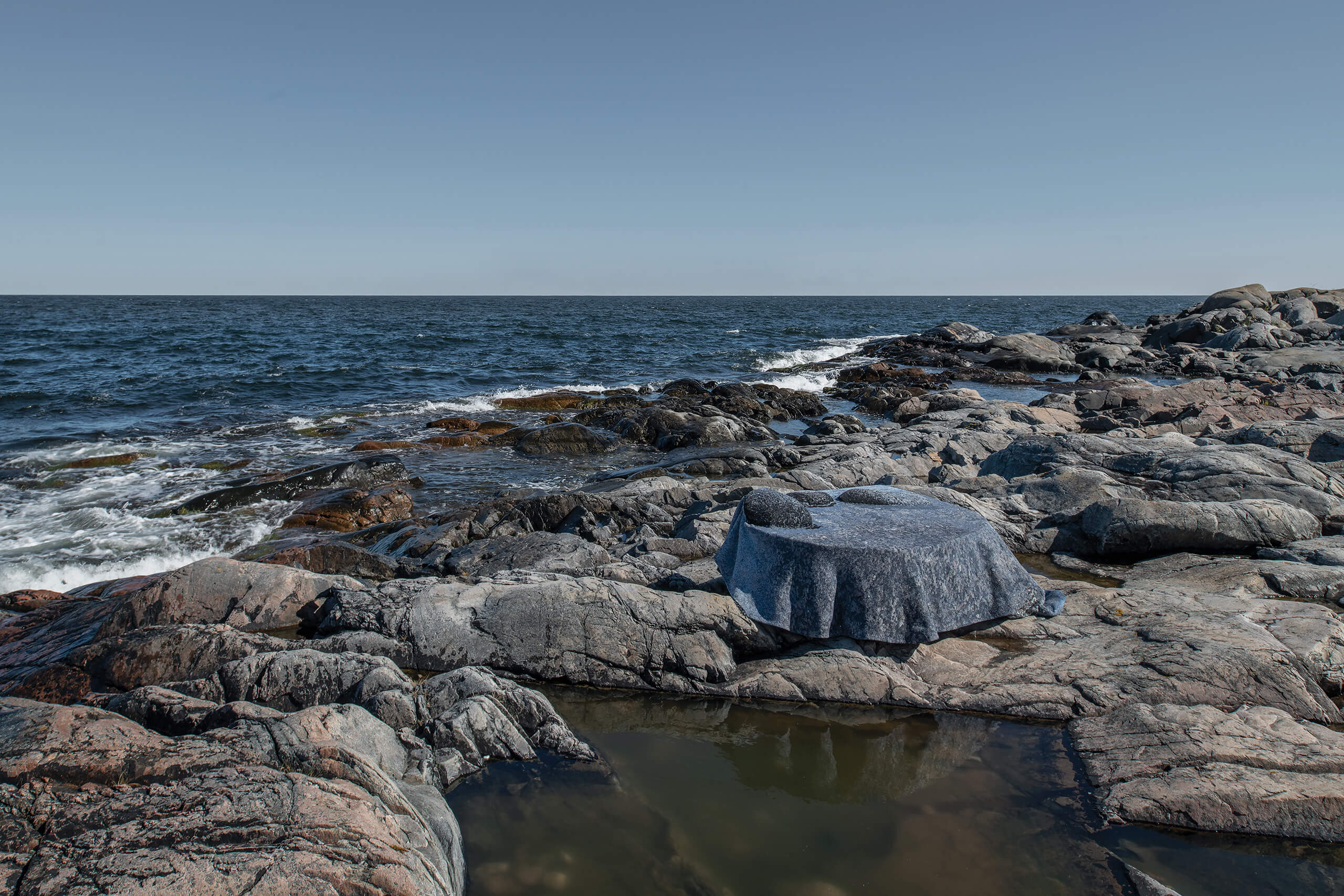
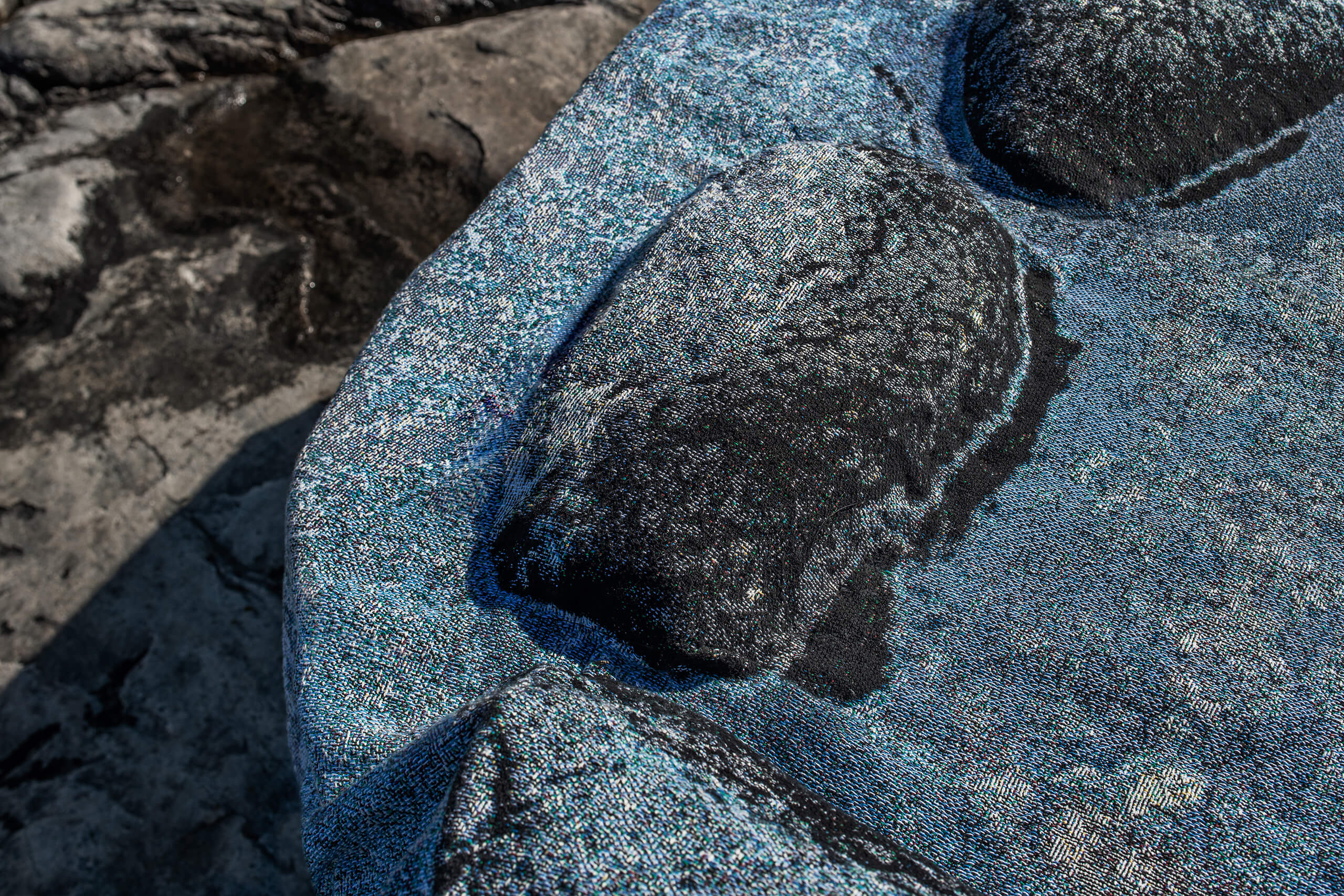
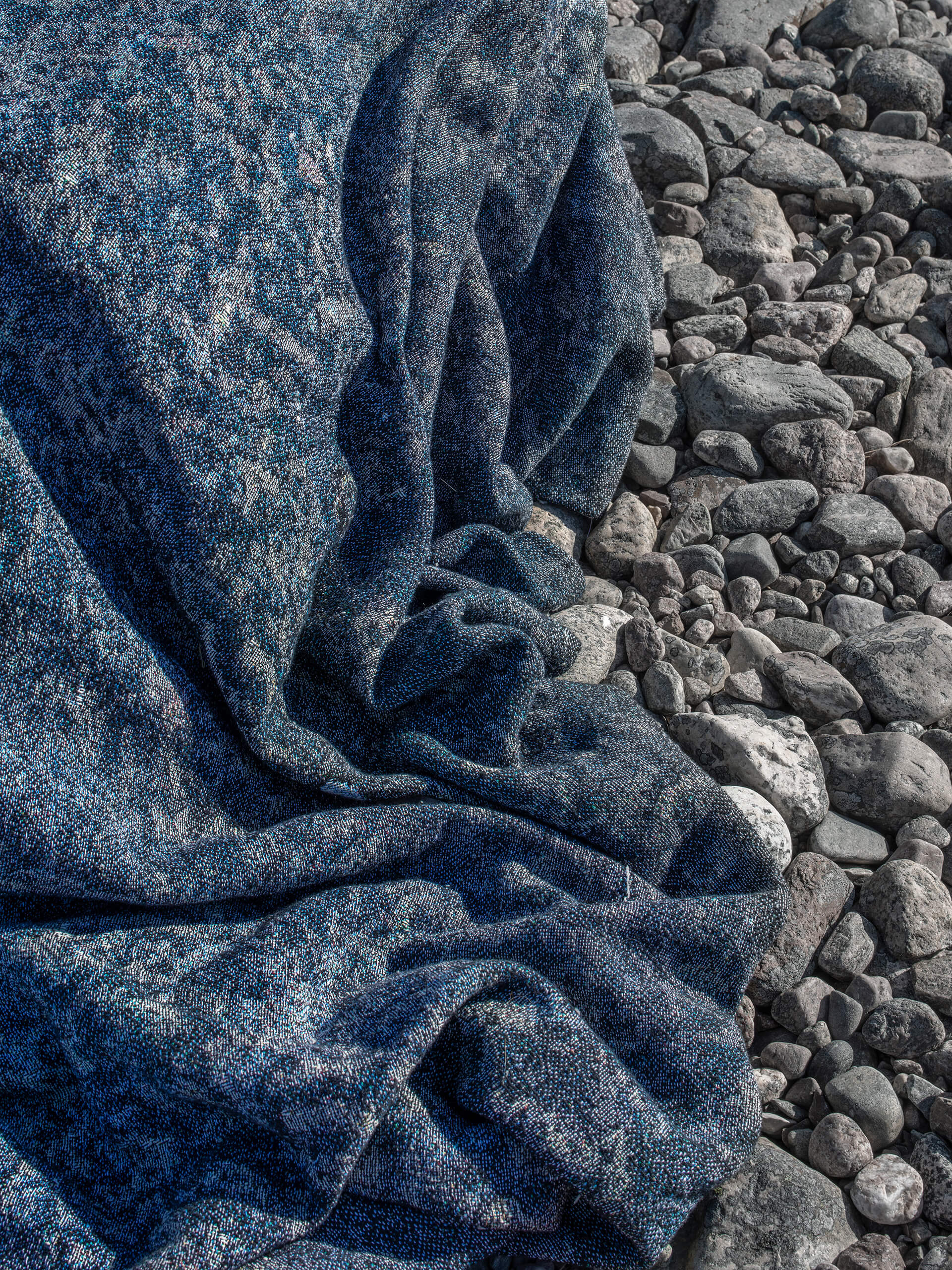
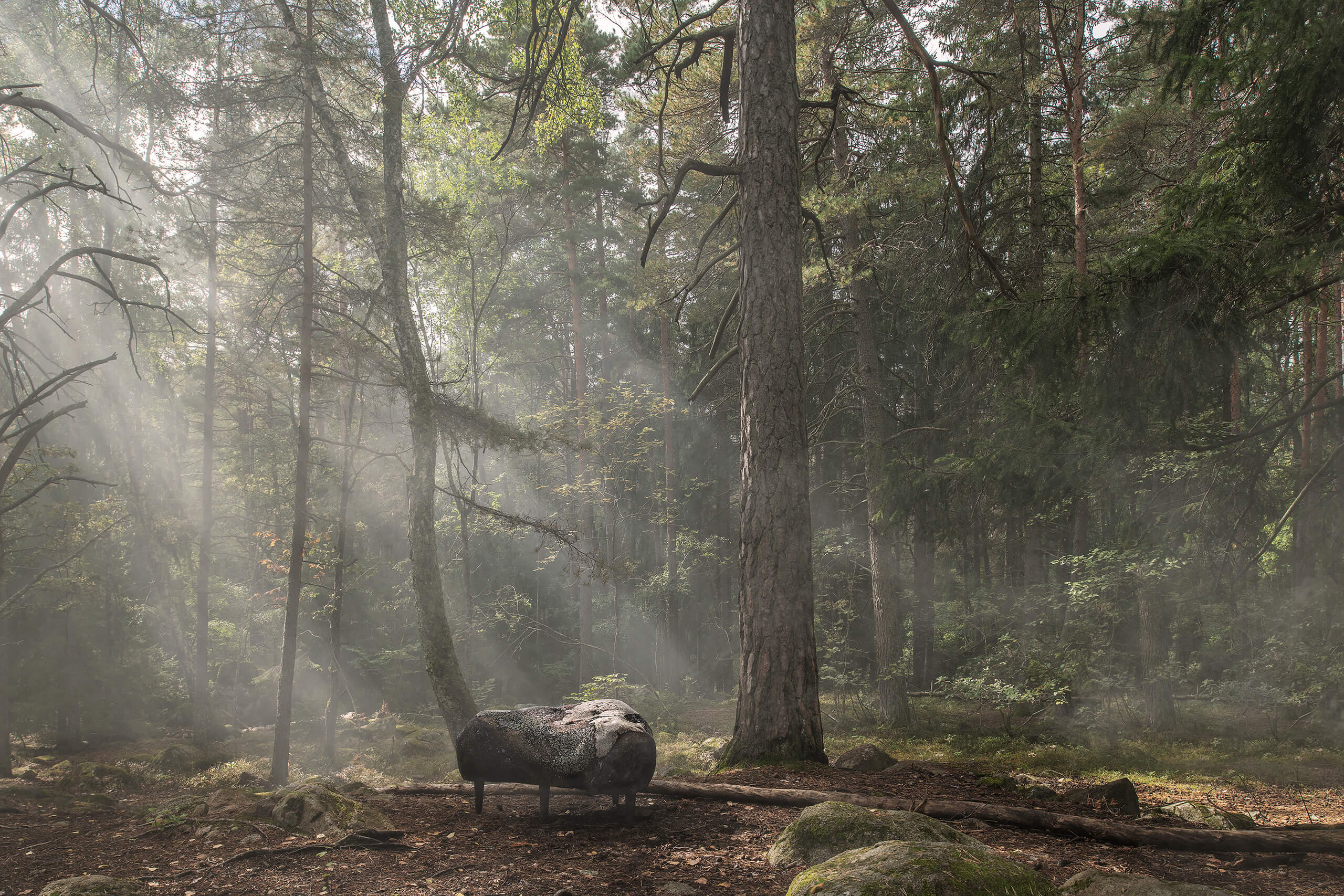
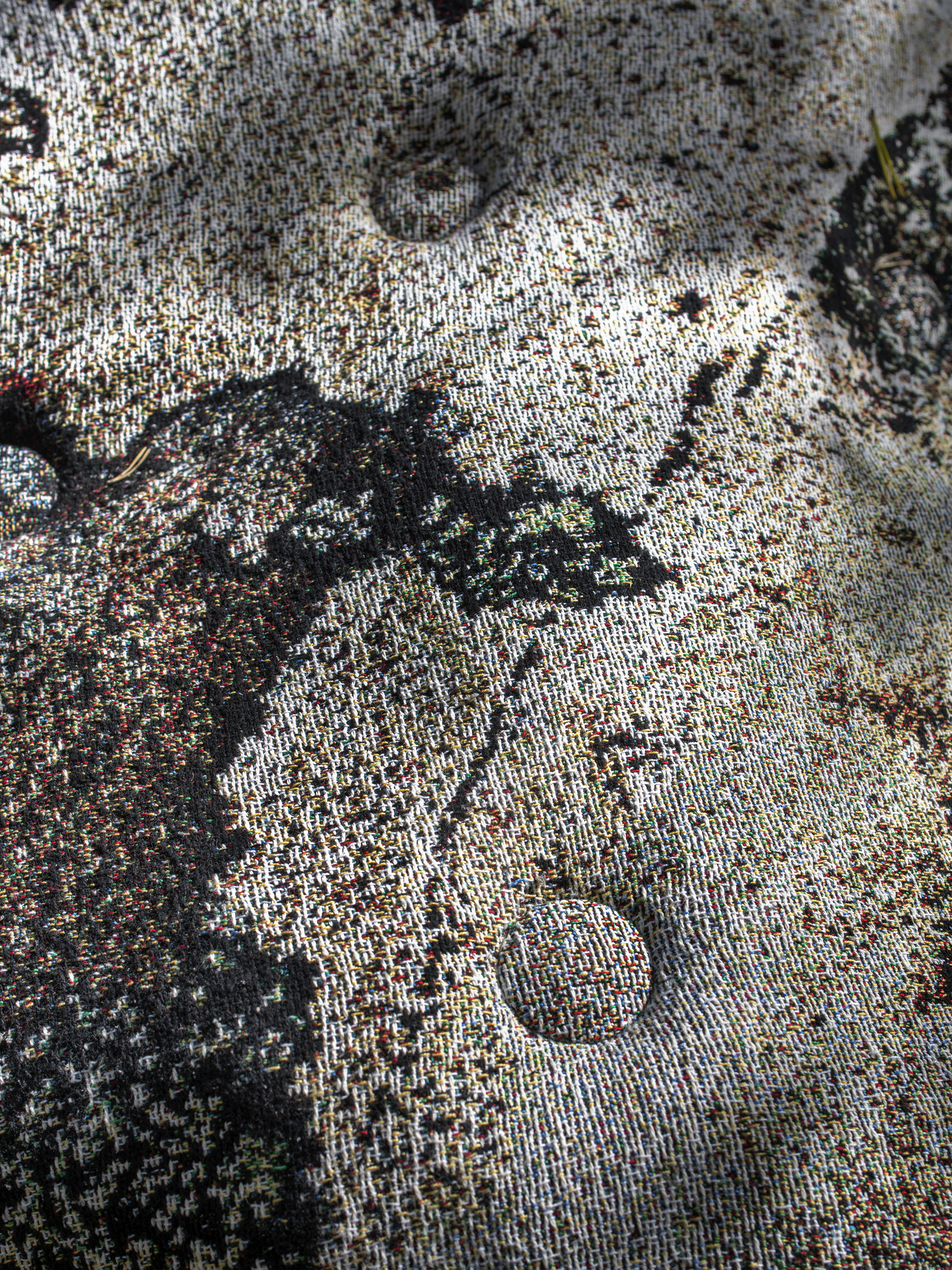
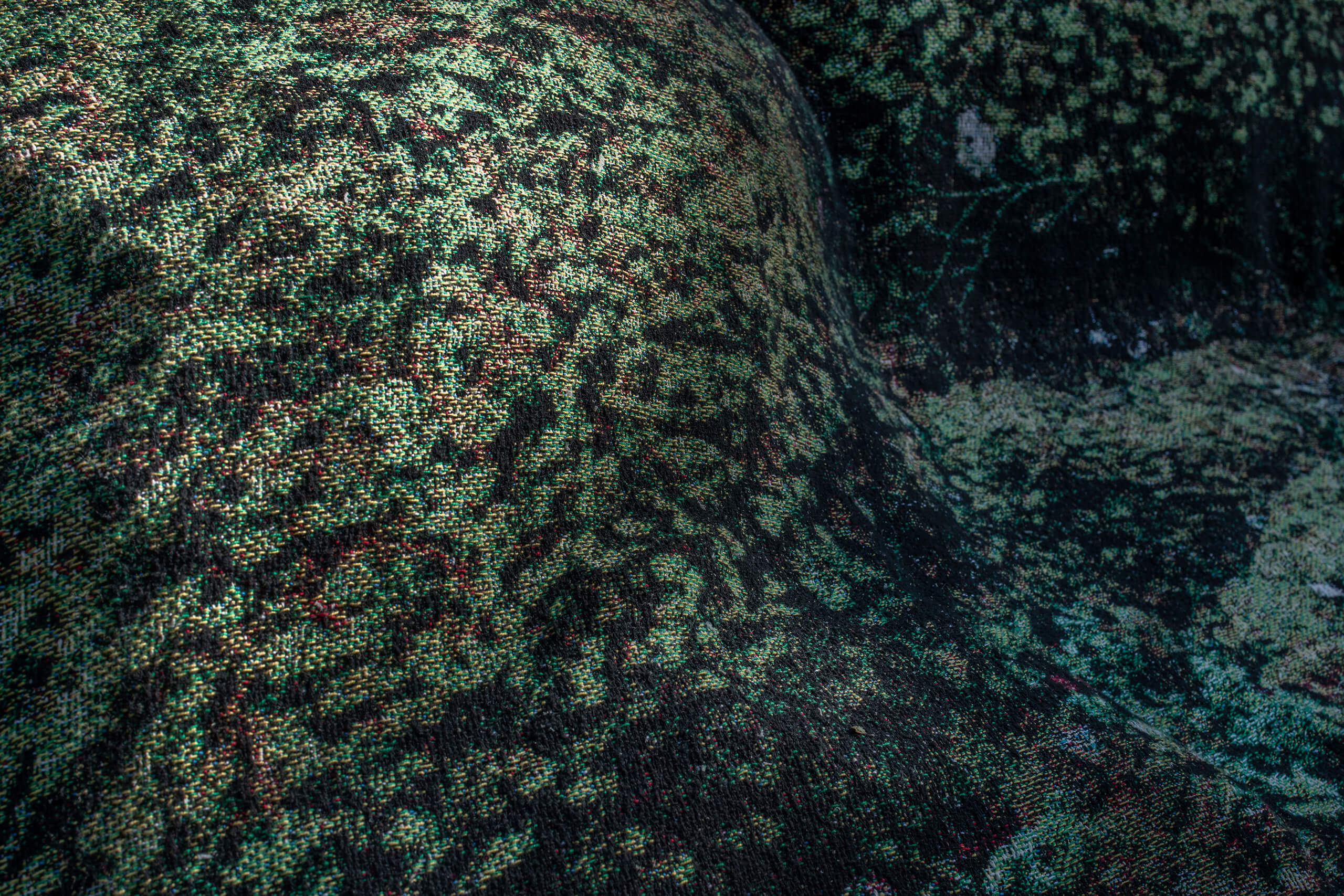
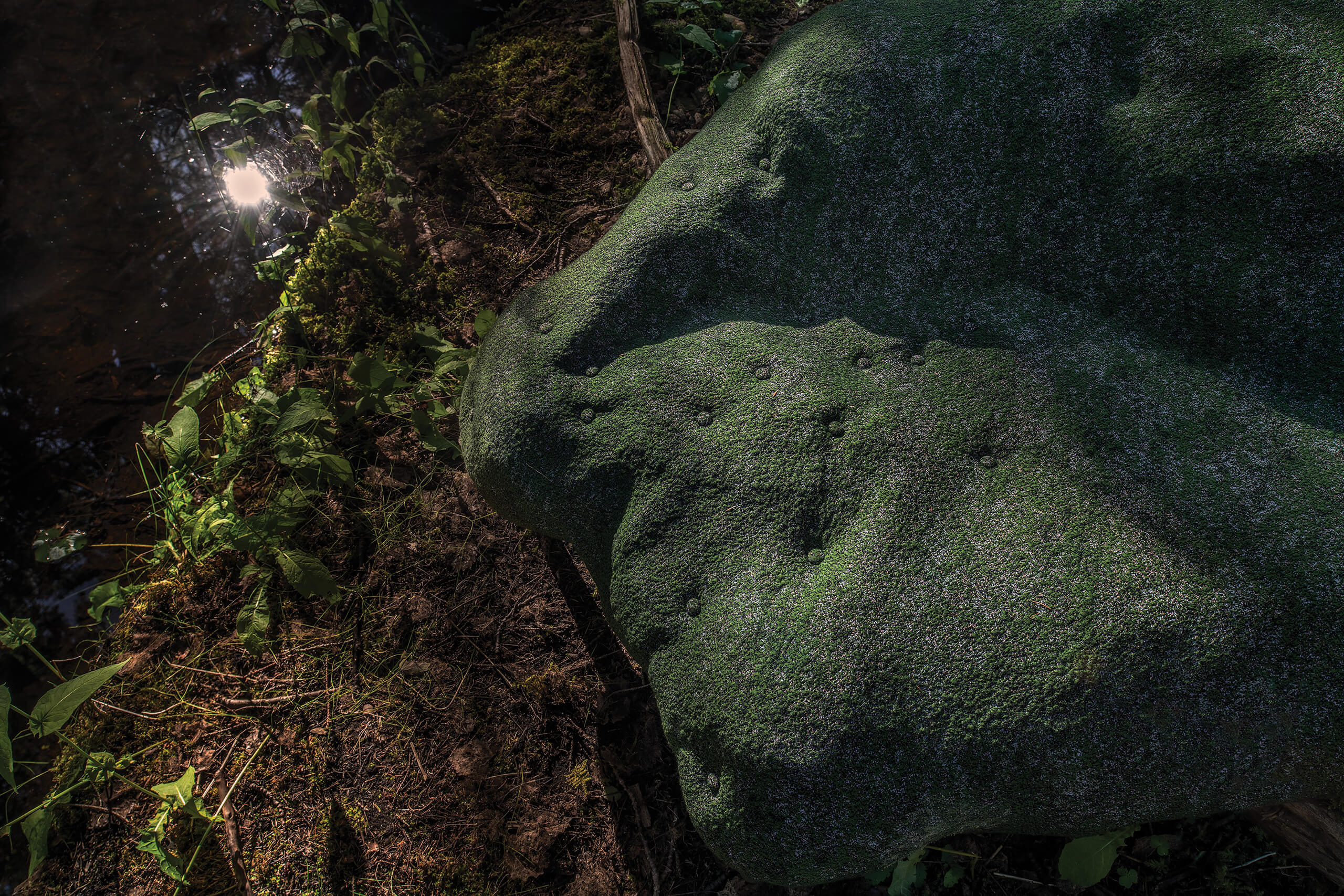
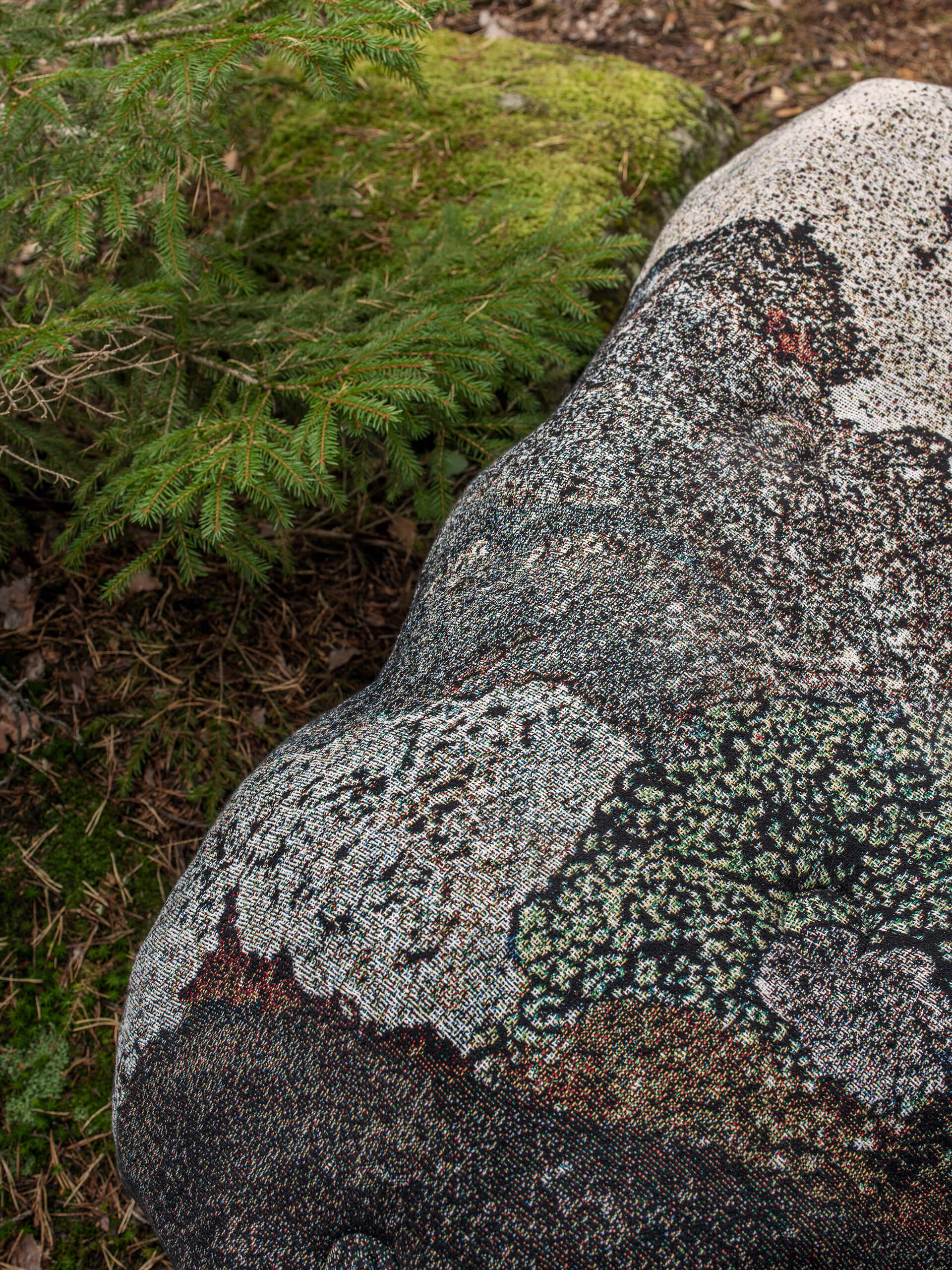
Creator
Front
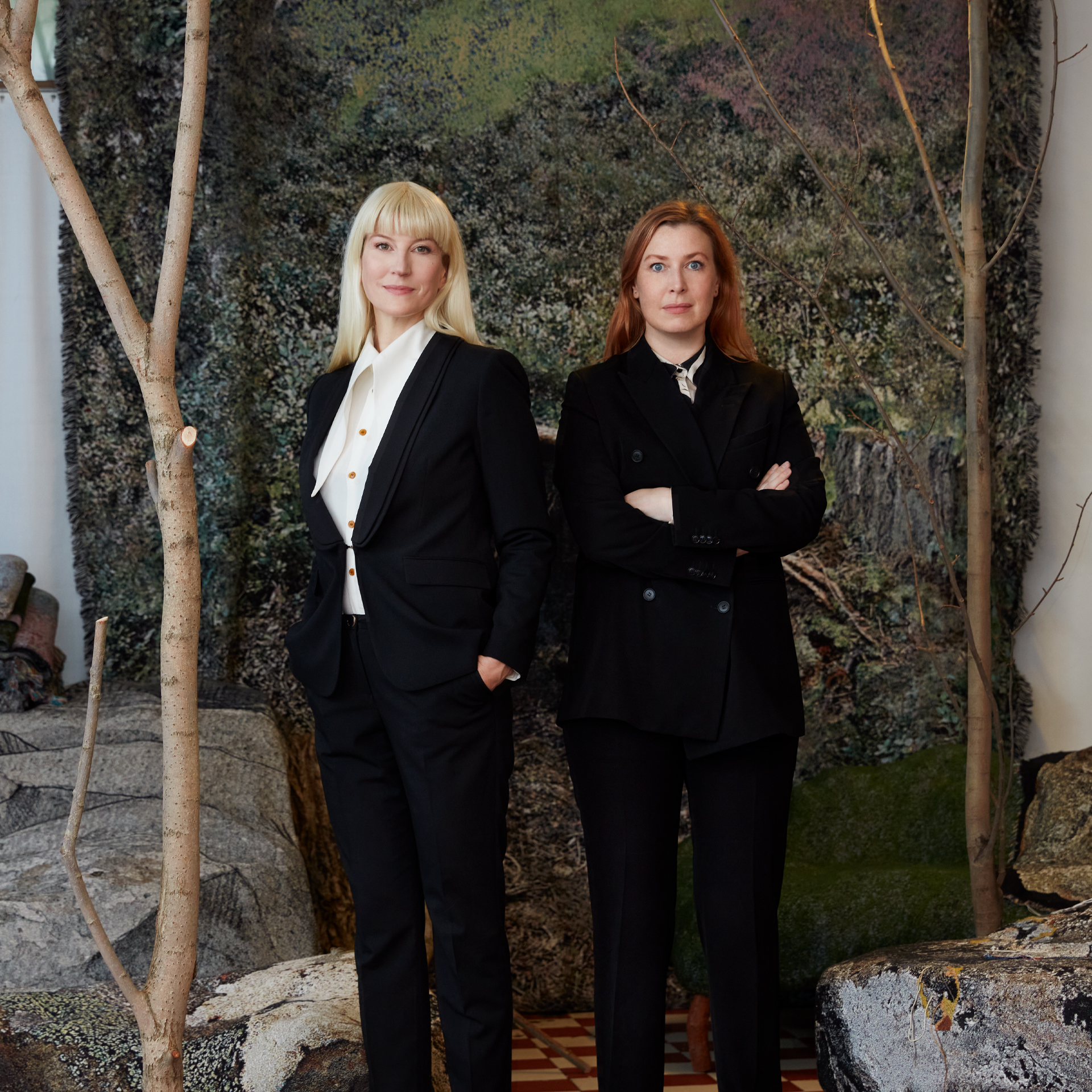
The work of the Swedish design duo, Sofia Lagerkvist and Anna Lindgren, reveal an innovative approach to the traditional canons of Scandinavian design, towards a more artistic and articulate sphere...
Past Exhibition
Forest Wandering
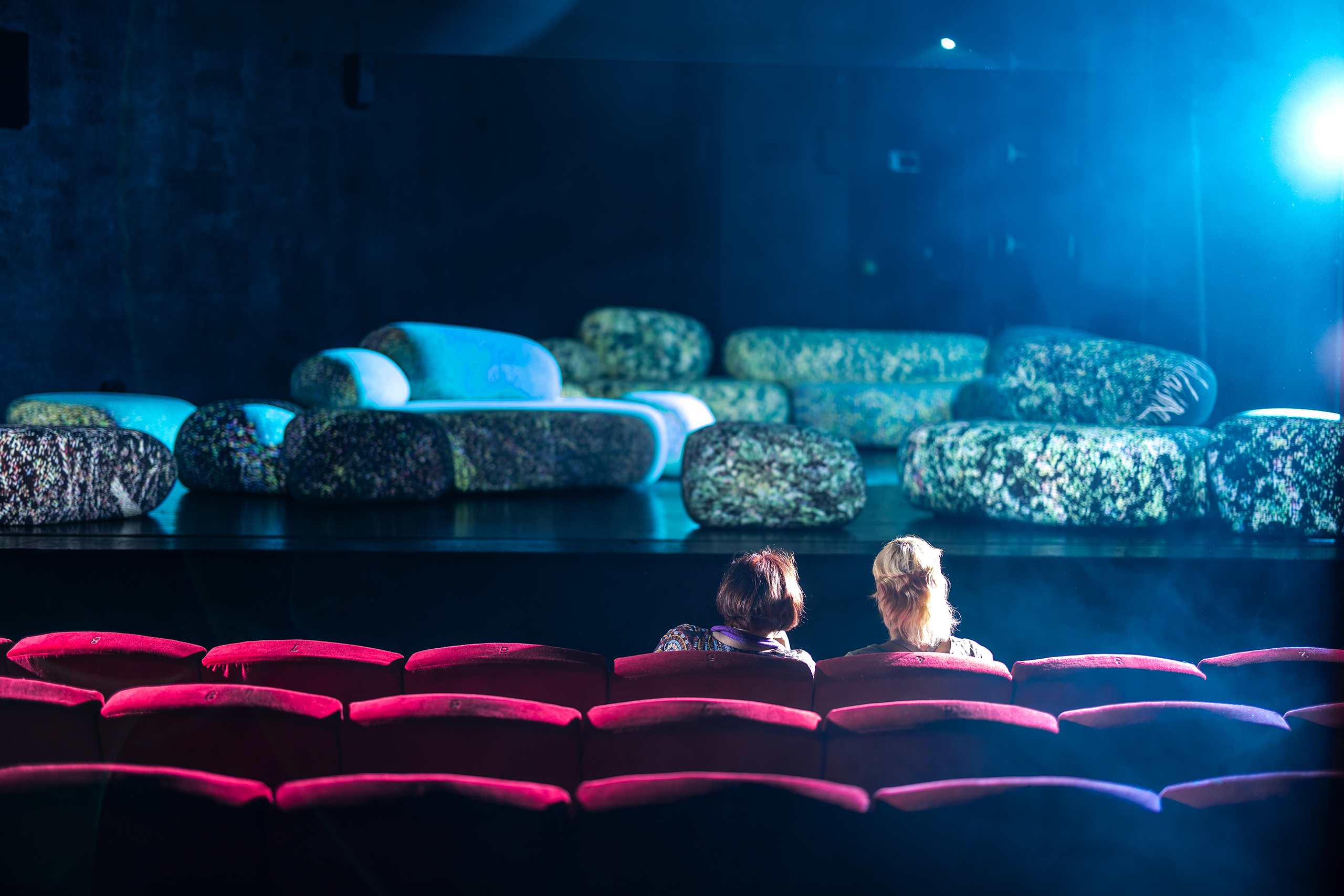
Teatro Filodrammatici di Milano
Stepping into the wilderness and being presented with a scenery only nature could devise: light filtering though the canopy, water gently flowing in the distance, wind carrying the sounds of the entire forest. Invited to roam freely, intrigued by the shifting colours and textures, ever deeper into the performance put on display. A welcoming serenade for all to witness, in a wooded amphitheatre of moss, timber, and rock, where resting boulders offer themselves as the ideal seating for such a spectacle. With Forest Wanderings, Moroso is presenting its new sofa system by Front Design, Pebble Rubble, in collaboration with Kvadrat Febrik, reinterpreting this experience in a show of projections and musical ambiance at the Teatro dei Filodrammatici in Milan.
Teatro Filodrammatici di Milano
Via Filodrammatici 1
Milan, IT
6→ 12.6.2022